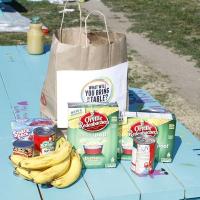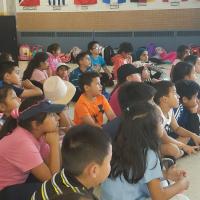Learners use visual literacy skills to talk about an artistic image. They listen respectfully to the different opinions and perspectives of their peers. They identify a need in their school or community and create a simple image that tells others to think differently or take action to improve that need.
- Read more about Listening Takes Heart
- Log in or register to post comments

